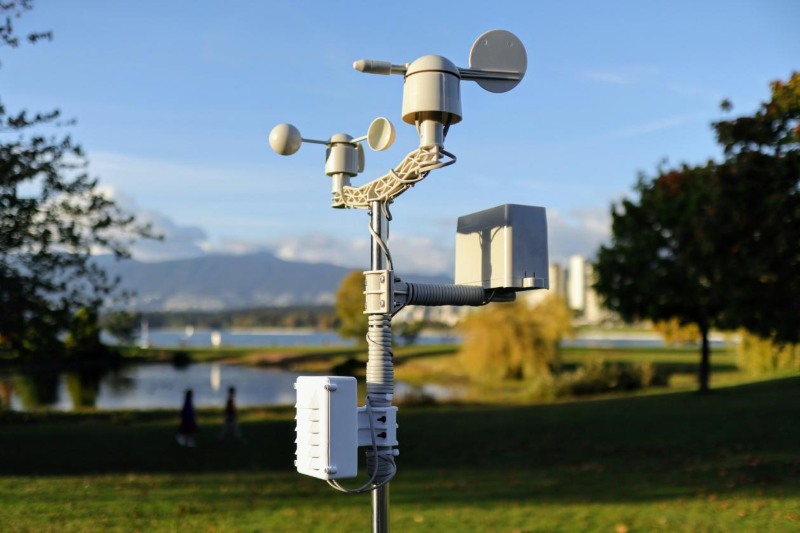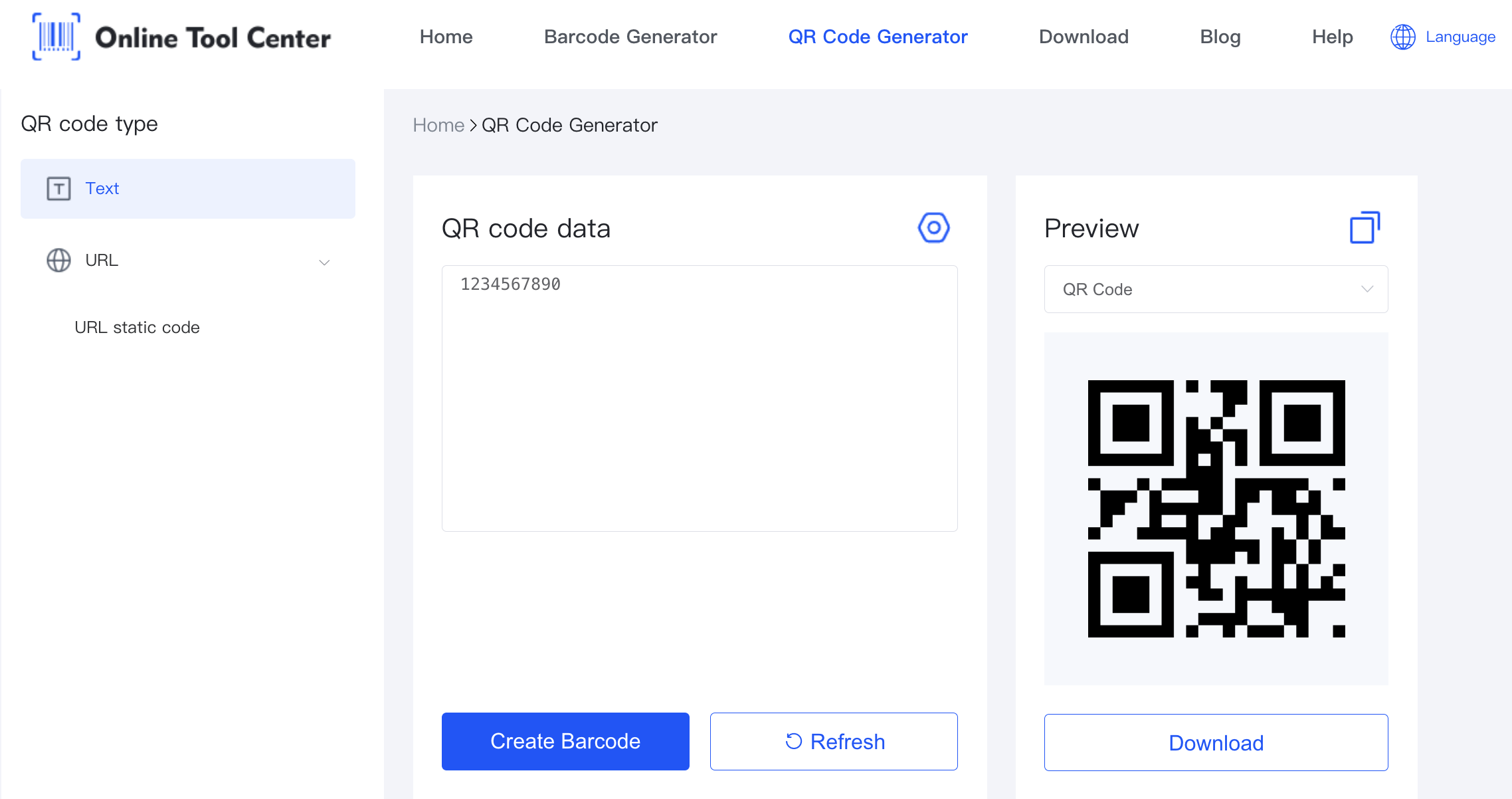The Internet of Things (IoT) is growing quickly, and Device Terminal Units (DTUs) are becoming more essential in this expansion. As DTUs find their way into more industrial and specialized settings, DTU QR codes are helping to make data transmission between devices secure and efficient.

In this guide, we'll break down DTU QR codes, answer your questions, and help you understand everything there is to know.
What is a DTU QR Code?
DTU (Data Terminal Unit) QR codes are a unique kind of QR code made specifically for sharing data between devices in IoT (Internet of Things) setups.
Unlike the usual QR codes that just store text or URLs, DTU QR codes are used to encode details like device IDs or configurations, especially in industrial or specialized environments. They work together with a DTU, a device that links things like sensors or meters to a network so they can communicate.
Why are DTU QR Codes Important?
QR codes, when used in DTU systems, can simplify the device onboarding process by encoding configuration details or device information, making setup faster and reducing manual input. This can help streamline the initial connection of IoT devices to a network.
While QR codes don't perform encryption, they can store encrypted data, which is useful for securely transmitting information like device IDs or configuration keys. By scanning the QR code, users can quickly access necessary device details, facilitating a smoother and more efficient setup process.
How DTU QR Codes Work
DTU QR codes primarily encode device information or setup instructions, rather than transmitting data directly. Here's how they fit into the process:
Data Generation: Sensors or devices collect data, which is processed by the DTU device.
QR Code Usage: The QR code contains configuration details or identification data, which the DTU scans to quickly set up or identify the device.
Data Transmission: The DTU transmits the collected data over a network to a central system.
Data Processing and Analysis: The central system receives and processes the data for monitoring, control, or automation.
Applications of DTU QR Codes
DTU QR codes are used in a wide range of industries due to their versatility and reliability. Some of the most common applications include:
1. Industrial Automation: In manufacturing plants, DTU QR codes are used to monitor machinery and equipment, ensuring optimal performance and early detection of potential issues.
2. Energy Management: Utility companies use DTU QR codes to collect data from smart meters, enabling efficient energy management and billing.
3. Remote Healthcare: In the healthcare sector, DTU QR codes can be used to transmit patient data from remote monitoring devices to healthcare providers, allowing for timely interventions.
4. Smart Agriculture: Farmers can use DTU QR codes to monitor environmental conditions, such as soil moisture and temperature, and optimize irrigation and crop management practices.
Common DTU QR Code FAQs
1. How do I scan a DTU QR code?
Most IoT platforms provide mobile apps or web-based tools that allow users to easily scan and read the information contained in a DTU QR code. These tools typically use the device's camera to capture the QR code and automatically extract the relevant data.
2. What if I lose or damage the DTU QR code?
If the physical QR code label on the device is lost or damaged, you may be able to retrieve the necessary information from the IoT platform's management console or by contacting the device manufacturer or platform provider.
3. Can I generate a new DTU QR code?
In some cases, you may be able to generate a new DTU QR code, for example, if you need to replace a device or transfer it to a different IoT platform. You can use the free online QR code generator to generate the code and print it.

However, this process typically requires authorization from the platform provider or device manufacturer.
4. How do I troubleshoot issues with a DTU QR code?
If you encounter issues with a DTU QR code, first ensure that the QR code is intact and clearly visible. If problems persist, consult the IoT platform's support team or refer to the device's user manual for specific troubleshooting steps. Sometimes, scanning issues can be resolved by cleaning the code or adjusting the lighting conditions.
This comprehensive guide should give you a solid understanding of DTU QR codes and how they can benefit various industries.
As the IoT landscape continues to evolve, the importance of DTU QR codes will only grow, making this knowledge increasingly valuable for IoT enthusiasts and professionals alike.




